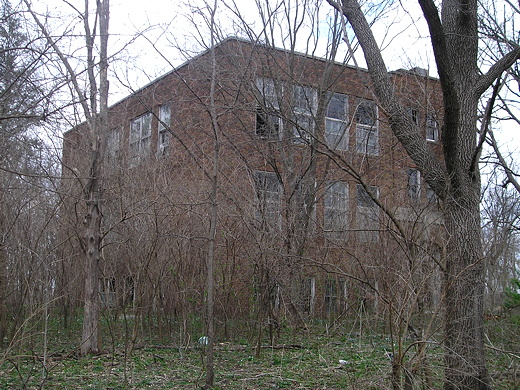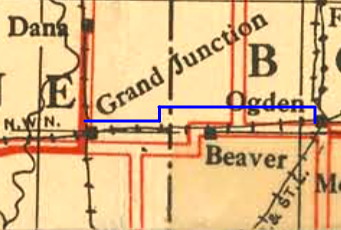In a change from January, the RAGBRAI L route announced March 13 does not have a total of 50 communities. A RAGBRAI staffer posted online on March 15 that road construction and bridge issues have affected plans, and that the century loop and gravel routes have not been announced yet.
There’s also this Storm Lake Times Pilot story that says Alta, which got its first-ever visit from RAGBRAI in 2021, did not want the ride to go through. (I hope that’s not a trend.) No Alta meant no Aurelia.
Is it possible to find 50 communities along the route as published in mid-March? Let’s find out.
- From the official statewide map, we start with nine overnight cities (Tama and Toledo should be counted as two), seven meeting towns, and 23 pass-through towns. That’s 39 communities.
- Three incorporated cities are directly on the route but don’t have stars on the map, and should be counted as pass-through: Lakeside, just south of Storm Lake; Berkley, on E57 east of Rippey, a first-timer; and Lambs Grove, Newton’s largest suburb. 42.
- The map shows Camp Cardinal Boulevard and US 6 in the Coralville area, so University Heights is not eligible.
- There are two unincorporated towns on IA 22 that are not listed: Fairport and Montpelier. 44.
- Add a minimum of three Amanas: West, High, and Middle. 47.
- Based on existing information, Homestead is an edge case. Our best precedent is 1976, whose map solidly included Homestead between Main Amana and Oxford. If there’s any departure from the US 151/6 route it’s in for sure.
Now it’s time for some fudge (factors), with maybe a teensy dash of Tama County bias.
- The ride follows R38 between Ames and Slater. The town of Kelley is just off R38, on E57, but it’s very close, the city limits touch R38, and R Place Pub and Pizza is at the intersection. 48.
- The ride follows T47 and then E49, skimming the southeast corner of Montour. It’s going to be 25 miles from Grinnell to Tama without a stopping spot otherwise, so I wouldn’t be surprised if a lot of riders take an unauthorized(?) hill into town in search of services. 49.
- Finally, directly on the route, with validation from the state map, here’s No. 50: Haven. It’s a map dot on E64 southeast of Tama that has a church and a restored one-room school. That’s more than Six Mile had in 2021 or Wichita in 2006.
So by my count, we have 48 place-names for sure, including eight unincorporated, and at least two more with decent to strong arguments. RAGBRAI L can claim 50-for-50 after all, and depending on the loops, even have a bonus or two. That could change depending on what shows up in the upcoming months.
The map will be analyzed in a future post.





